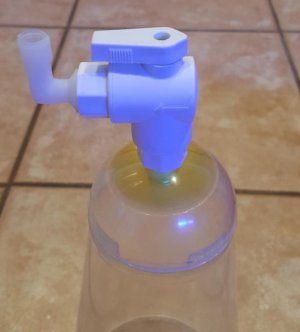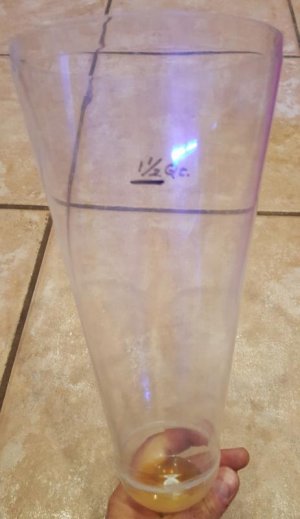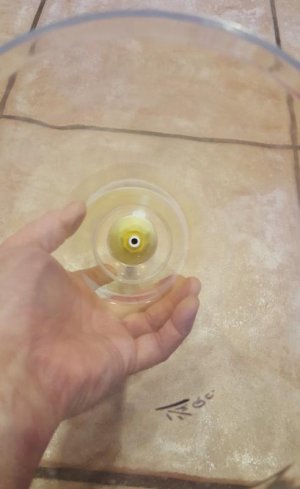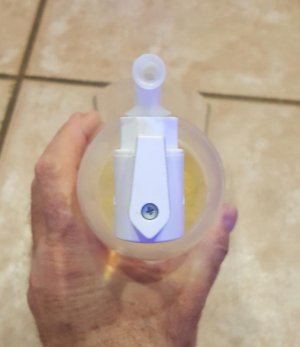AZ,
I'd use a router, preferably a router table. You'll need some double faced foam tape and a jig, but easy enough to make
Take another piece of acrylic or MDF, drill your template hole in it. Tape a coupla strips of acrylic or anything else to it, on both sides of the hole such that the hole is centered in the tube. Drill your pilot hole in your tube. Put a strip of foam tape on each strip and place the tube in the "cradle." Use a pattern bit in the router..


HTH,
James
I'd use a router, preferably a router table. You'll need some double faced foam tape and a jig, but easy enough to make
Take another piece of acrylic or MDF, drill your template hole in it. Tape a coupla strips of acrylic or anything else to it, on both sides of the hole such that the hole is centered in the tube. Drill your pilot hole in your tube. Put a strip of foam tape on each strip and place the tube in the "cradle." Use a pattern bit in the router..
HTH,
James







